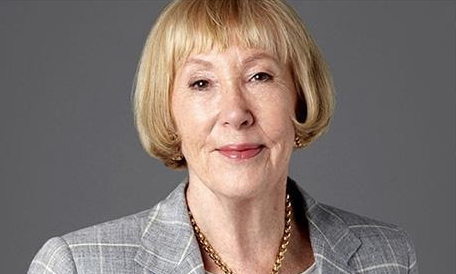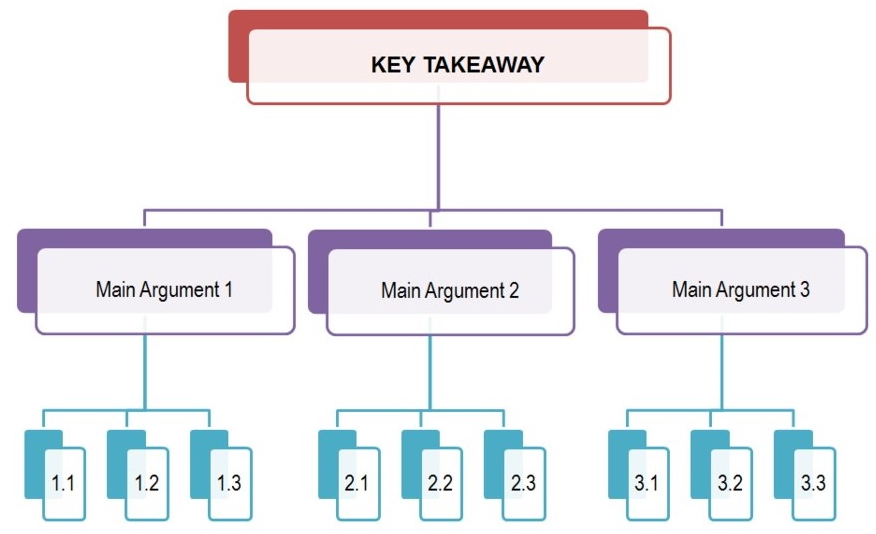What Does the Business Acronym MECE Mean and How to Pronounce it Correctly?
- Written by a Guest Writer

Let's get back to the basics of pronunciation. The matter around how you pronounce the MECE term accurately goes more in-depth and can only be understood if you have a chance to hear it directly from the horse's mouth.
While McKinsey has, for a long time, let the world understand that MECE is "me-see," Barbara Minto insists that the sounds should rhyme with “niece” and “Greece!” Considering she invented the term, she is set that she should be empowered to determine how to pronounce it correctly.If you are following the MECE concept while working on your projects, you might never need to say it aloud to anyone. However, the ability to stick to the MECE rule to properly segment problems and explicitly discuss this process will be a vital element of your management consulting interviews.
Whenever you have to impress an interviewer, it's almost required for you to pronounce professional terms correctly!

Who is Barbara Minto & the Genesis of MECE
Barbara Minto, one of the first eight women ever admitted to Harvard Business School, is a well-known figure in the business world. Well, at least if not for her Minto Pyramid Principle, then be the first female MBA professional at McKinsey.
Yet without an undergraduate degree when she joined Harvard, Barbara turned out to be the best female hire ever for this top management consulting firm.
She developed a structured approach to improving the quality of editing reports done by her peers.
As a top strategy reports editor, McKinsey transferred her in 1966 from the US to its London office when miners were consistently on strikes. She got plenty of time to work on her research and case studies to develop techniques to structure ideas.
Minto stayed in London, and time in McKinsey offices across Europe, she noticed that unstructured communication was a frequent problem, both in Europe and the US, and wasn’t limited only to English speakers.
According to her, since this communication problem was ruining good ideas, she was focused to find a universal approach to this issue that would make the presentations stand out.
Minto’s Business Communication
But someone as good as her yet had not a chance to left McKinsey honorably. In 1973, in the wake of the Oil Crisis, there was a massive downturn in the management consultancy industry, vanishing with many jobs. As you might already guess, one of the McKinsey’s London office layoffs due to redundancy victims was Barbara Minto.
She remained in London and established her business communication methods business, using the same strategies she established at McKinsey with the goal of creating a coherent system for business communication.Since then she has made a name for herself and even returned to McKinsey as a consultant, teaching her methods that became a doctrine at McKinsey.
However, she doesn’t limit her services strictly to corporates. She also helps individuals improve their communication skills through the courses she developed. And other than her former employers, she also works for their competitors as well, becoming a communication consultant to the consultants!
The Minto Pyramid Principle
You can’t talk of the MECE rule, without invoking the Barbara Minto's principles set in the so-called “The Pyramid Principle”.
The Pyramid Principle is a “top-down” method for presenting the information.
As Barbara loves to put, the pyramid is a tool that breaks down your thoughts and ideas. It takes all your ideas and helps you develop a master idea that you refine until it becomes crystal clear and start directly to influence your decision.
So, how do you present information when using the Pyramid principle?
First, you need insights and recommendations from an action or a summary of a report. Secondly, get the support arguments to the conclusion or the recommendations.
Finally, breaking down everything to individual arguments and support each of them with little facts or conclusions.
Here is a simple presentation of this sequence:
There’s no Pyramid Principle without performing the MECE rule. Look at the pyramid this way: the peak is a summary of ideas beneath.
A single idea is a relation of individual inputs from those below. Thus, you can only acquire it from a grouping if the smaller ideas in the grouping logically are the same and in a logical order.The general idea is that, where ideas are broken down in this kind of pyramid, you should pay attention to doing so in a Mutually Exclusive and Collectively Exhaustive manner.
It is possible to give quite involved definitions as to what this means. Still, it is important to state that ideas should not overlap, and together, they should address a problem exhaustively.
Segmenting the Same Population as an Example of MECE Rule
Example: For marketing exercise, let's split up the UK population into customer groups.
Since there are several ways to group people, you may already have lots of ideas on how to perform this task. But, only an approach that conforms to the MECE definition can deliver groups that are:
- Collectively Exhaustive (CE) - account for everyone in the population.
- Mutually Exclusive (ME) - one person can only belong to one group, to prevent replication.
Unless you meet these two requirements, you'll create groups that are dysfunctional, which can lead to not accurate and as useful results. And if we put it in a business context, your segmentation cannot help the organization to maximize profits.
That means the UK citizens cannot be classified based on the industries where they work for manufacturing and still have another category of the offices they hold. Such a method would leave out those unemployed. Also, chances are we’ll have people overlapping in both groups since office staff fit in both categories.In this is the case, the MECE rule would be grouping by age brackets in the following way:
- Segment 1: 60 and over
- Segment 2: 45-60 years old
- Segment 3: 30-45 years old
- Segment 4: 15-30 years old
- Segment 5: 0-15 years old
It is much easier for a business to accurately use these data for a marketing campaign and to would develop separate strategies for each group.
There are other MECE breakdowns in this case that are equally good. For example, you can divide the population by income bracket, education level, or gender.
/MiːSi/ or //Miːs// - Which Way?
As much as Barbara Minto developed the frameworks, her pronunciation of MECE doesn’t excite people as much as she would love to. So, shelve the idea of using her way of pronouncing it.
We read MECE as “Me See”, meaning it’s /MiːSi/.As much as we respect Barbara, the latter is the universal way to pronounce her methods.
But it is okay if you want to side with her on this, however, remember to stick to the standard way of pronouncing it at a job interview. Just use what everyone else does.





